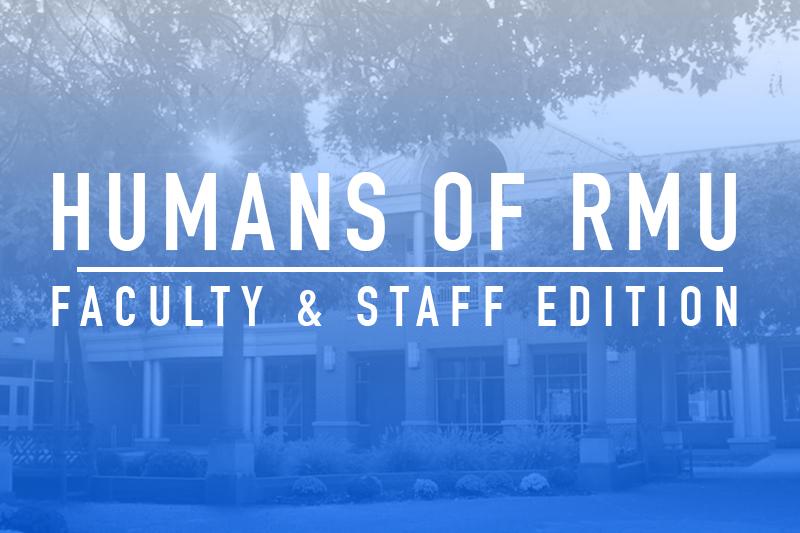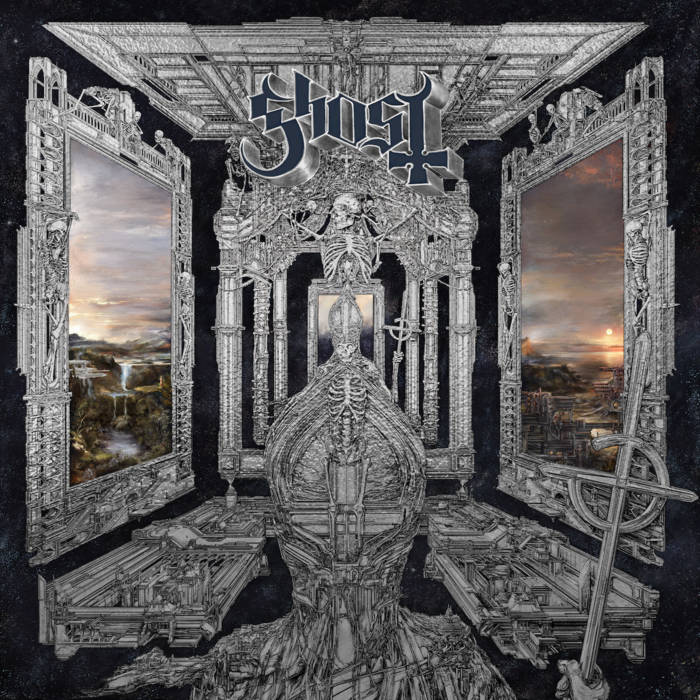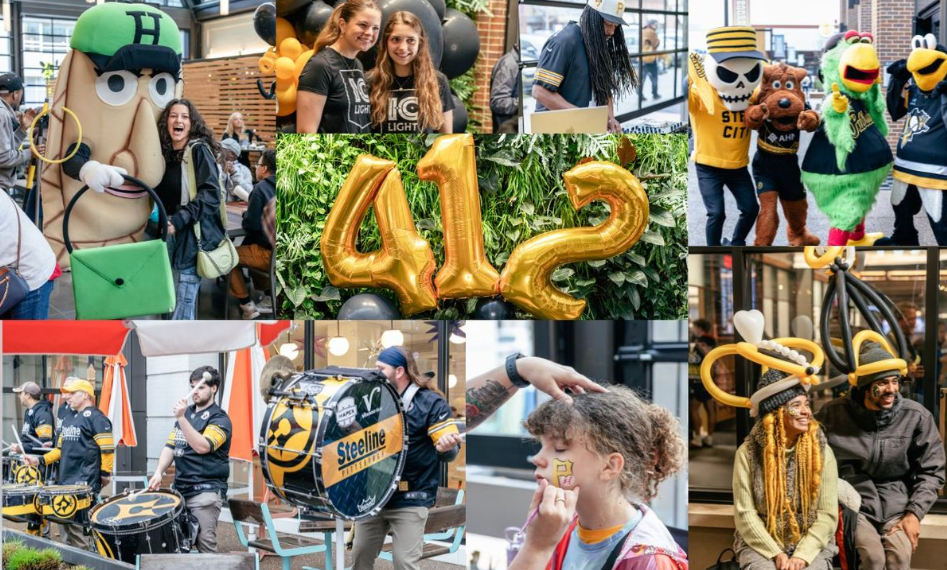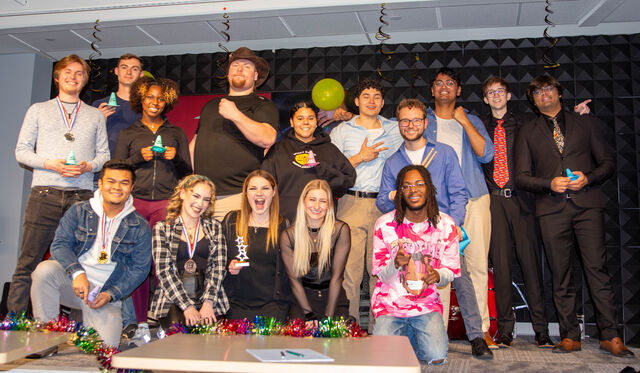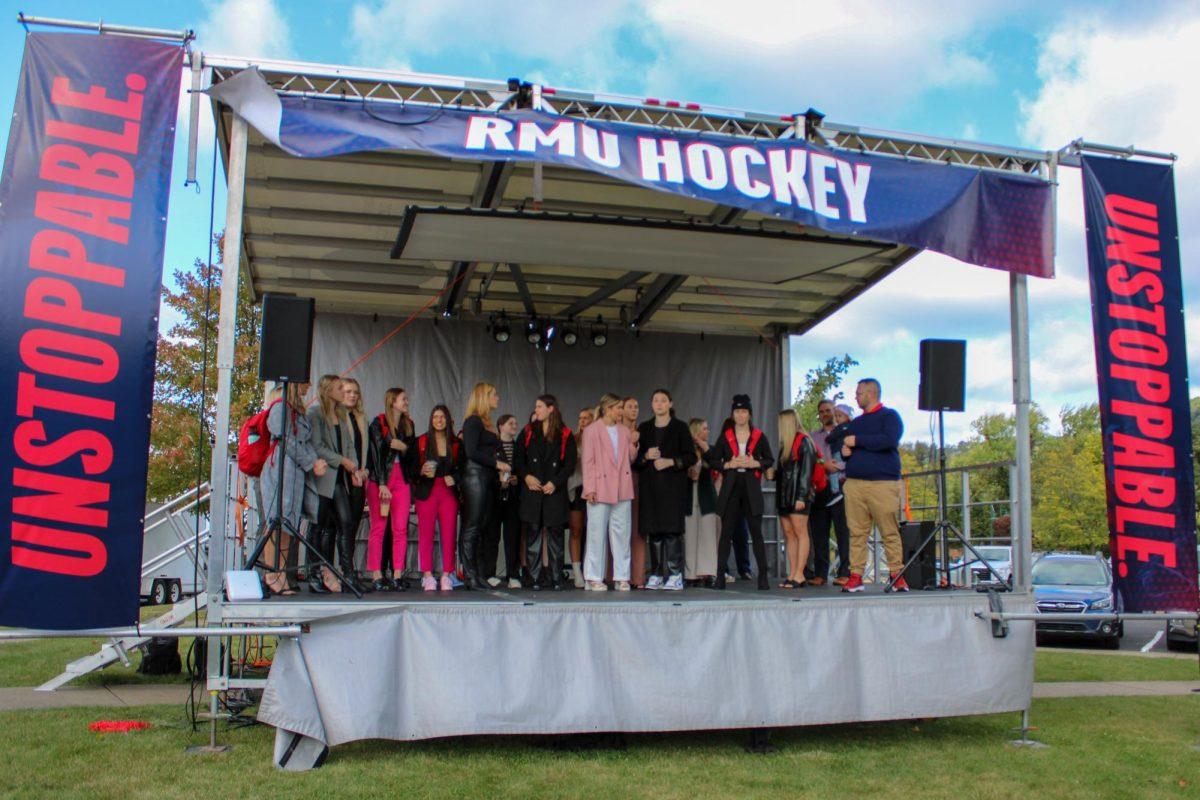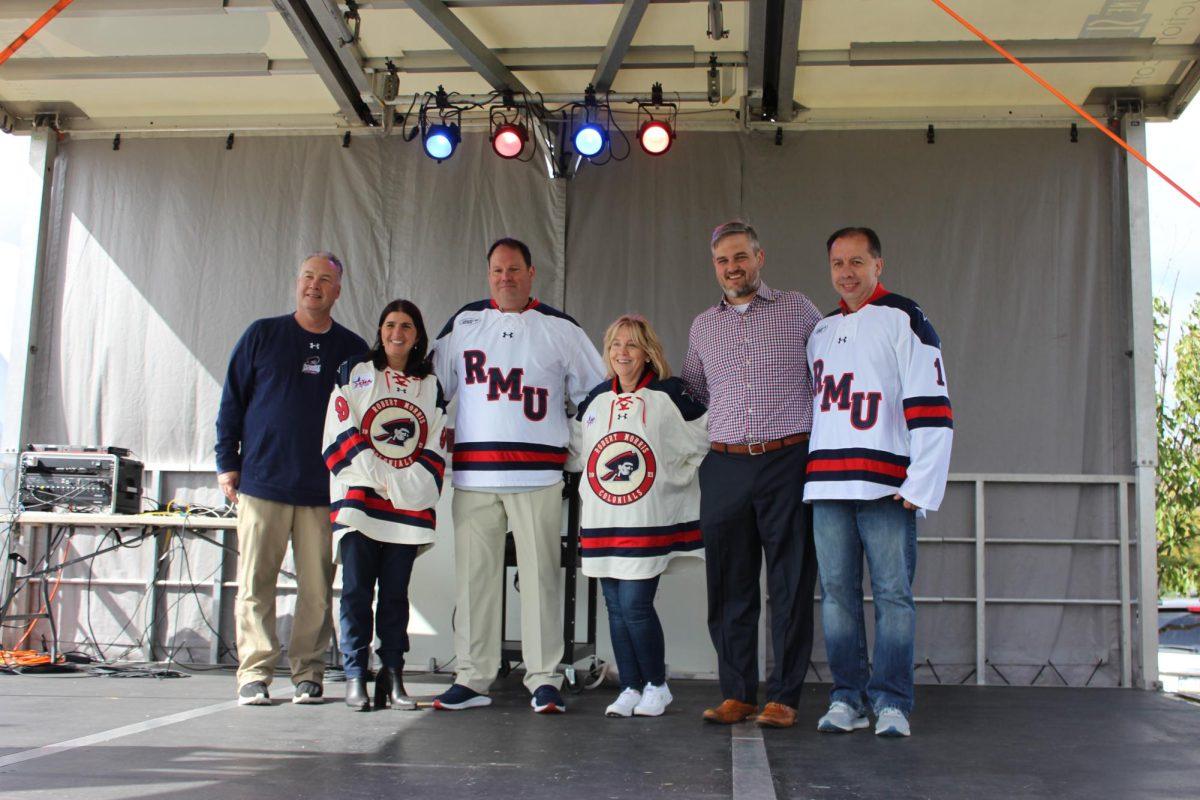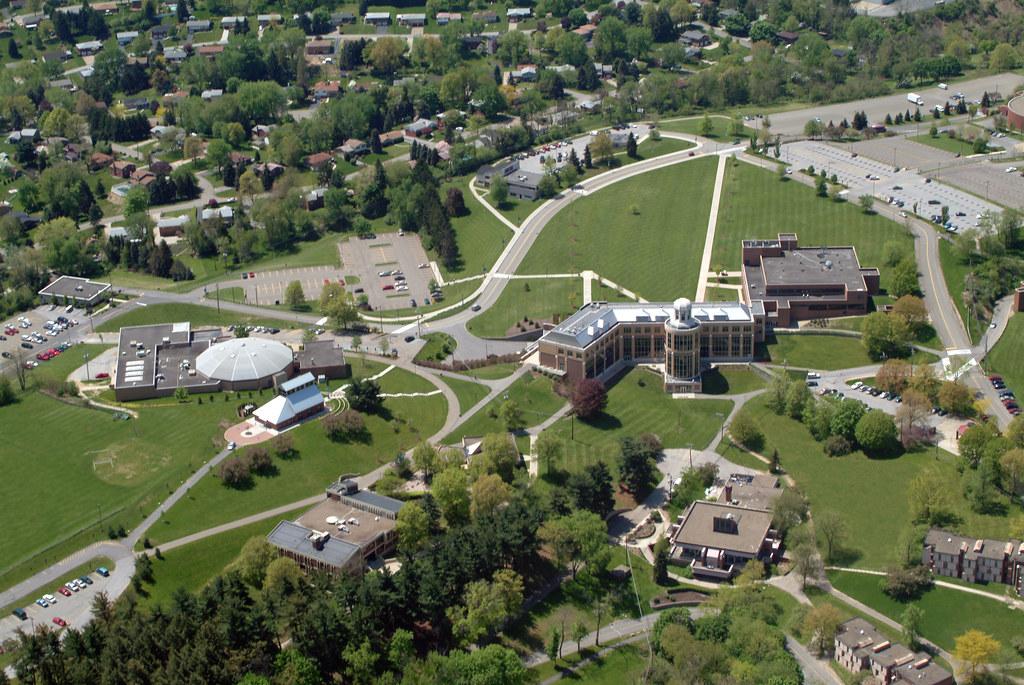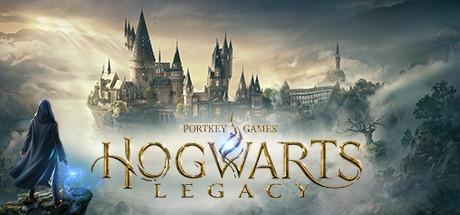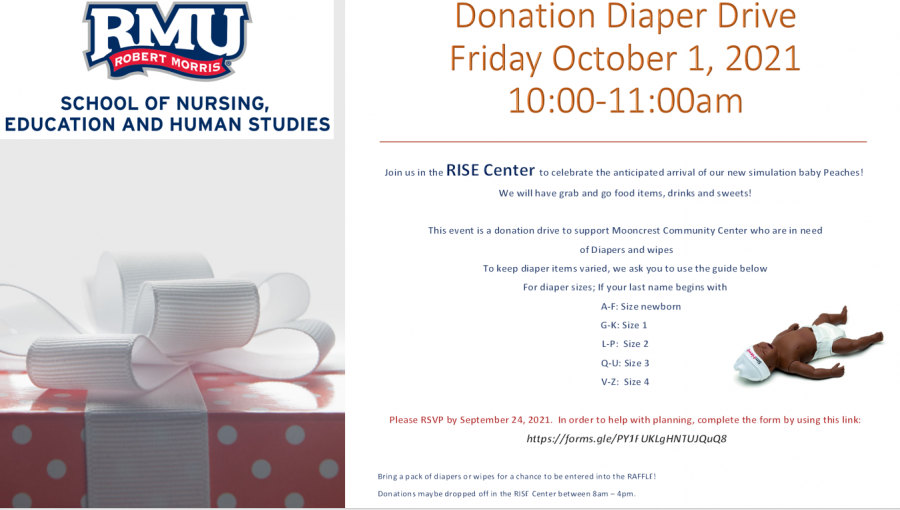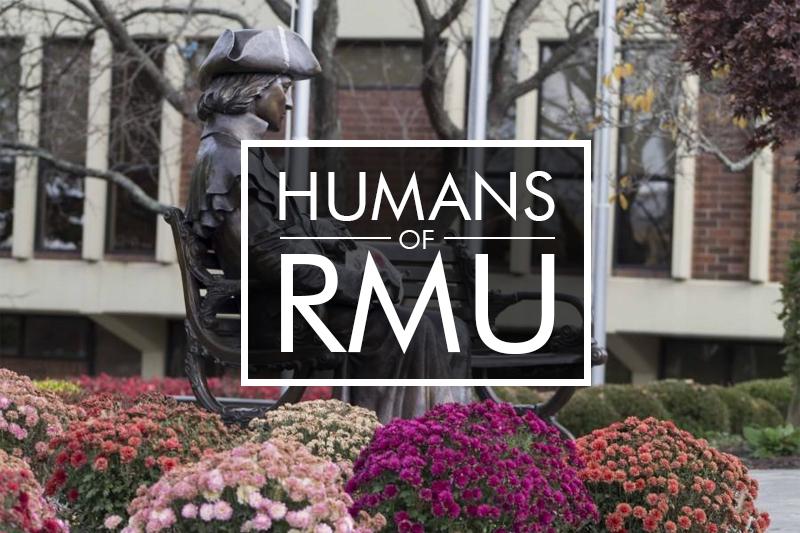For many, the iconic animated films of their childhood provide warm memories of growing up. Taking a closer look at the story lines, viewers may not remember how many times someone gets poisoned as part of the film. From the apple that makes Snow White fall into an endless sleep to the little brothers turned into bears in “Brave,” it’s not hard to find a victim of poison in the movies.
Sylvia Pamboukian, RMU professor of English and English Department Head, found it surprising when she discovered the frequency with which poisons appeared in children’s stories, and that sparked her interest in fictional poisoning.
“It’s always very cute and funny when it happens [in these stories]—usually someone’s playing with something and takes the wrong thing; it’s never sort of very tragic,” Pamboukian said. “I started looking at how positive it really is in children’s literature to see people poisoned, and how it’s funny. Think of a movie like ‘Brave.’ At the end, it all works out—it’s not tragic; although in that movie, it almost is.”
As the author of a book, “Doctoring the Novel: Medicine and Quackery from Shelley to Doyle,” that examines the connection between Victorian-era medical treatments and their usage in literature, Pamboukian became interested in how some substances could be seen in different cultures as both good and bad.
“It actually came out of my last book project, which was on medical quackery in the 19th century,” Pamboukian said. “A lot of things that were poisons are now medicines and things that were medicines are now poisons, and that’s where I got interested in the project.”
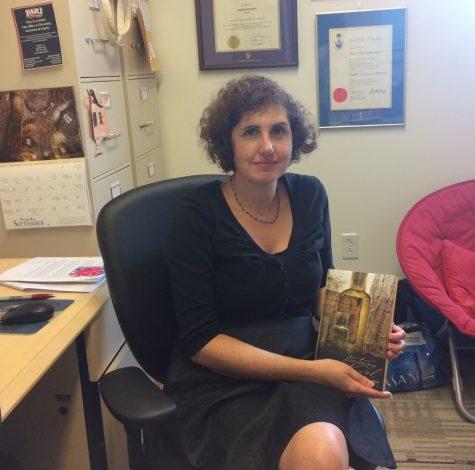
One example of this is arsenic, which we know today as a poison. Pamboukian explained that 19th century doctors would often prescribe this poison as a tonic to improve health or as a treatment for cholera.
Despite the fact that many plants are poisonous, anyone interested in them can visit public gardens, such as the Phipps Conservatory and Botanical Gardens in Pittsburgh, that have unlabeled medicinal or poison gardens that appear to the non-expert as a collection of herbal plants. Other gardens are more direct in identifying what these plants are, which includes a garden associated with a famous author of murder mysteries.
“I went to one in England at Torquay, where Agatha Christie is from,” Pamboukian said. They actually have a garden of all the plants people were poisoned with in her books,”
While we now believe that it is clear what makes a poison a poison and what makes a medicine a medicine, Pambounkian has discovered that it is not that straightforward. In an effort to address her own curiosity about that confusion, she began work on the book she is currently writing.
“I’m actually looking at children’s literature, Agatha Christie, detective fiction, and actual poison gardens and why do people go to them,” Pamboukian said. “If you really think about it, these are horrible things—we shouldn’t like them, but we do. Everyone likes them, so what’s the attraction?”



